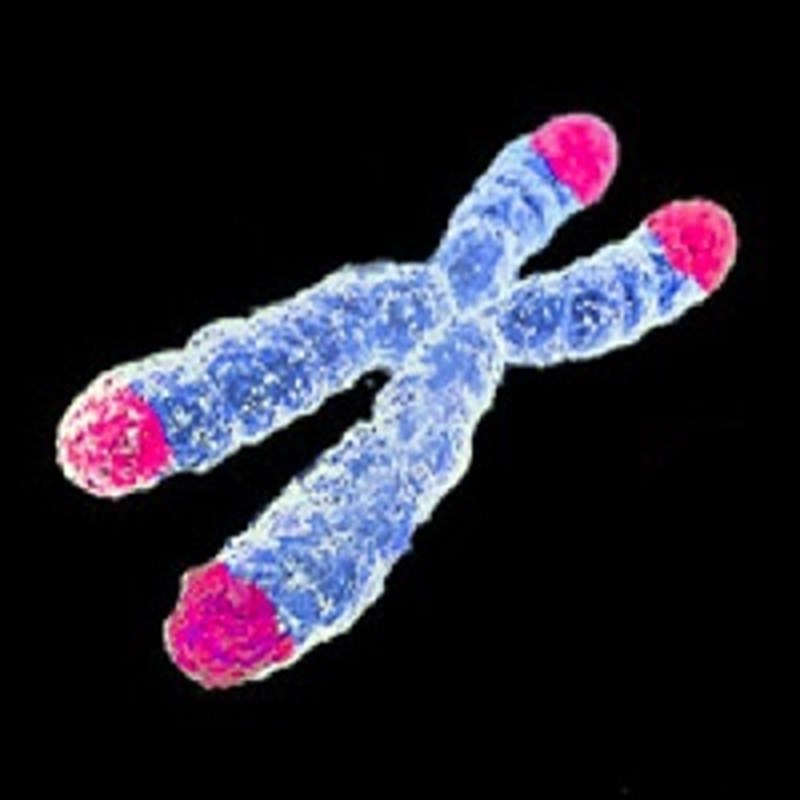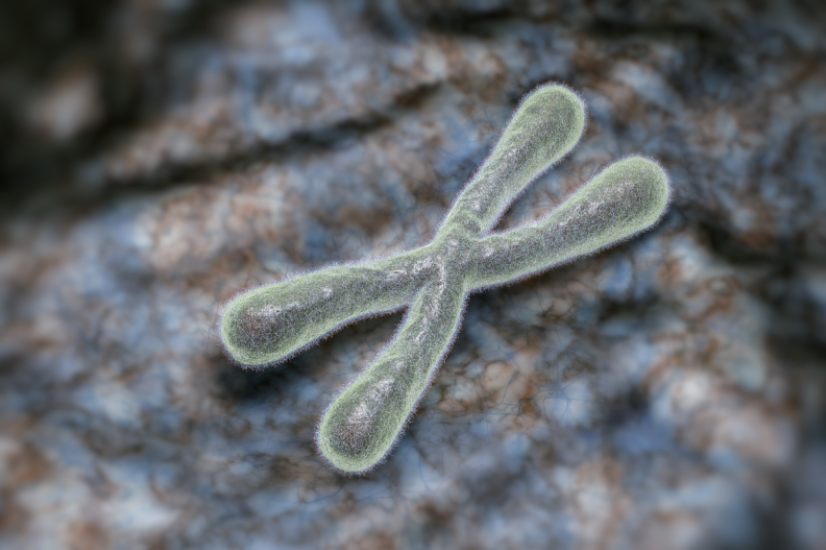Telomeres have emerged as the true protagonists of this incredible science fiction story.
The key to determining how long we will live and how to prolong this time seems to reside in these regions of DNA that do not store information for the synthesis or creation of proteins, and that are located at the ends of our chromosomes. This is why, for the last few years, numerous researchers have focuses their attention on this point. And this is not surprising, because whoever manages to decipher the how and why of telomeric shortening will probably achieve the secret of eternal youth.
Dr. Moisés De Vicente – Neolife Medical Team
Telomeres are responsible for providing structural stability to our chromosomes.
How long will I live? Is there such a thing as eternal youth? Will I be able to be young again? These are questions that most mortals have pondered at some point in our lives, regardless of our nationality, ethnicity, gender or social status.
Life is a cycle that begins with birth and ends with death. We can decide what kind of life we want to lead; we can even change our mind halfway through the game and turn our philosophy and routines of life around completely- like changing our socks. What we cannot do is know how long we will be here for, or if anything we do will prolong that time …. or can we?
The normal healthy cells of our body are not capable of dividing infinitely. This fact is known as the “Hayflick limit” in honor of Leonard Hayflick, founding member of theNational Institute on Agingand a scientist who, in 1962, was able to prove this. Therefore cells have a limited lifespan. And what does this lifespan depend on? On certain structures called telomeres.

Telomereshave emerged as the true protagonists of this incredible science fiction story. These are non-coding regions of DNA, i.e they do not store information for the synthesis or creation of proteins, and they are located at the ends of ourchromosomes.
And if they don’t intervene in the production of proteins, what are they for? Their function is unique: they are responsible for providing structural stability to our chromosomes. They are like the plastic sheaths (known as aglets) fitted to the ends of shoelaces . Without them, the laces would fray and break. The same thing happens with DNA.
In this way, their activity is closely related to two basic events of the cell cycle: division and the lifetime of the different cell lines. As the cellsdivide, the telomeresare progressively shortened. On reaching a certain point of shortening, the telomeres will not be able to maintain their stabilizing function, and the chromosomes will begin to divide erroneously, leading to alterations and mutations that will cause the cell to destroy itself,by a mechanism of self-destruction or “apoptosis”.
In the light of this, the key to determining how long we will live and how to prolong this time seems to reside in these small areas of our chromosomes. This is why, for the last few years, numerous researchers have focuses their attention on this point. And this is not surprising, because whoever manages to decipher the how and why of telomeric shortening will probably achieve the secret of eternal youth.
Recently a new step has been taken in this direction. Researchers at the University of Arizona, led by Professor Julian Chen, have unraveled one of the crucial steps in the catalytic metabolism of thetelomerase enzyme (1). This enzyme is responsible for synthesizing and placing a series of nucleotide repetitions (base pairs) that will be inserted at the ends of the chromosomes, so that their shortening can be prevented (2). This enzyme is responsible, so to speak, for laying the “bricks” that make up the telomeres. It will therefore be the one that will determine at what speed they are shortened, and therefore the one responsible for defining how fast we grow old.
Theoretically, if we manage to make this enzyme continue to place base pairs at the chromosomal ends at the appropriate speed, it would be possible to lengthen these areas. In this way, the destabilization of the chromosome would be avoided and, as a consequence, the cells would not have to self-destruct, thus increasing their lifespan.
For the telomerase enzyme to perform its function correctly, the “bricks” need to be placed in certain positions. For this there is a braking system that enables it to have sufficient time to perform its function. However, this very system is the limiting step that will determine the speed at which the enzyme can work. By achieving a way to make this braking system less rigid, we could turn the dream of lengthening thetelomeres into a reality.

Meanwhile, we now know that there are a series of conditions and activities that slow downtelomeric shortening : having a healthy diet with low caloric intake; performing physical exercise regularly and intensively; avoiding toxic habits such as tobacco and alcohol; undergoing, if appropriate, a correct hormone replacement therapy; and the regular consumption of certain antioxidant nutritional supplements(such as turmeric) and vitamins (3). In fact, drugs have already been studied, such as TA-65, which seem to be able to provide this benefit (4).
AtNeolife we are strong advocates of aquality aging. We seek and prevent the diseases associated with aging and treat our patients so that they can achieve very long lifespans with the fullest and best quality of life possible.
In addition, we have the possibility of measuring thetelomere lengthof our patients. With this we are able to estimate the biological cell age that they have and, with this, suggest more demanding treatments depending on the result. In addition, we can verify how theanti-aging program is giving results.
BIBLIOGRAPHY
(1) Chen, Y., J.D. Podlevsky, D. Logeswaran and J.J.-L. Chen (2018). A single nucleotide incorporation step limits human telomerase repeat addition activity. EMBO. J. 37: e97953, DOI: 10.15252/embj.201797953.
(2) Li, Y., Pan, G., Chen, Y., et al. Inhibitor of the human telomerase reverse trancriptase (hTERT) gene promoter induces cell apoptosis via a mitochondrial-dependent pathway. Eur J Med Chem. 2018 Feb 10; 145:370-378.
(3) Pan, MH., Wu, JC., Ho, CT. Effects of water extract of Curcuma longa (L.) roots on immunity and telomerase function. J Complement Integr Med. 2017 May 12;14(3).
(4) Salvador, L., Singaravelu, G., Harley, C. A Natural Product Telomerase Activator Lengthens Telomeres in Humans: A Randomized, Double Blind, and Placebo Controlled Study.Rejuvenation Res. 2016 Dec;19(6):478-484.

